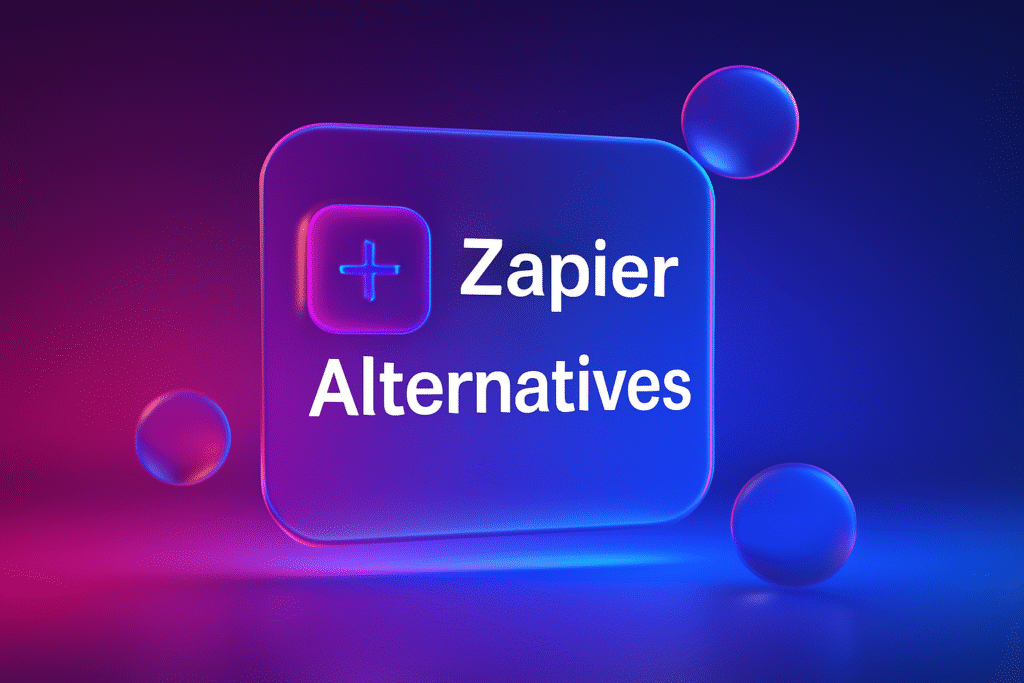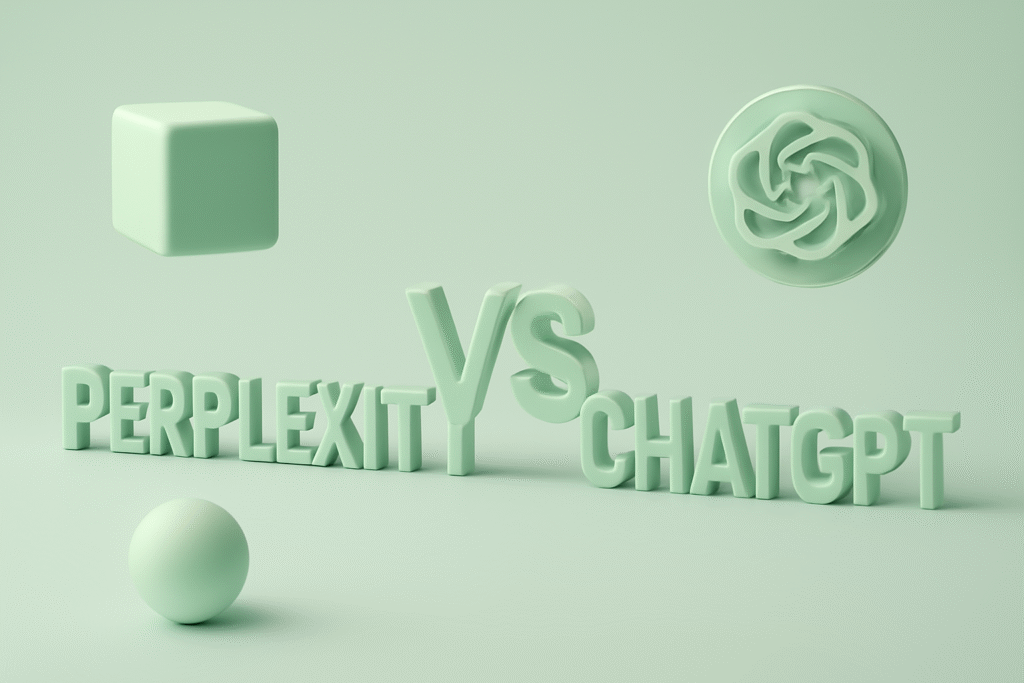The automation market has evolved significantly by 2025, with Zapier facing robust competition from alternatives addressing its limitations in pricing flexibility, technical depth, and scalability. Leading this shift are platforms like n8n, which excels in developer-centric customization and cost efficiency for complex workflows.
Make.com is renowned for advanced visual orchestration, while free solutions like IFTTT and Activepieces cater to basic integrations. Enterprise adoption increasingly favors tools offering granular control over data sovereignty and AI integration, while SMBs prioritize affordability and ease of use.
Critical advancements include AI-powered agents, per-execution pricing models, and hybrid deployment options that collectively redefine workflow automation efficacy. This report synthesizes technical capabilities, economic models, and strategic positioning of over 15 alternatives through empirical industry data, implementation case studies, and forward-looking trend analysis.
Introduction to Workflow Automation and Zapier’s Market Position
Workflow automation has transitioned from an operational luxury to a strategic necessity, with 83% of executives considering AI-driven automation a 2025 priority. Zapier pioneered low-code integrations but now faces mounting criticism for its rigid pricing structures.
Under Zapier’s model, each “task,” such as a triggered email or a data field update, incurs a cost, rendering complex workflows prohibitively expensive. For instance, a workflow involving 10 operations across 5 apps could cost $50 per month on Zapier’s mid-tier plan but under $20 via n8n’s execution-based model.
Additionally, Zapier’s limited support for custom code, branching logic, and offline hosting fails to meet the demands for enterprise-grade customization, where alternatives now hold a 38% market share among technical users.
This gap is most acute in three domains: cost sensitivity, where scaling beyond 10,000 monthly tasks risks exponential growth; technical depth, where custom API integrations require workarounds; and compliance, as industries like healthcare demand self-hosted solutions for data residency.
The following analysis dissects how n8n, Make.com, and free alternatives resolve these gaps while introducing innovative paradigms in AI orchestration and pricing.
Critical Evaluation of Zapier: Limitations Driving Demand for Alternatives
Zapier’s core constraints manifest in four key areas.
Pricing Architecture and Scalability Challenges
Zapier’s task-based model charges per discrete action within a workflow. At scale, this becomes economically untenable. A workflow with 100 tasks processing 10,000 records monthly could cost over $1,000, whereas n8n’s flat €50 Pro plan allows unlimited steps per execution. Enterprises report a 60–90% cost reduction when migrating high-volume automations to alternatives.
Technical Limitations in Complex Workflows
While ideal for linear “if-this-then-that” sequences, Zapier struggles with nested logic, as implementing loops or conditional branches requires multiple Zaps. Its native tools for data transformation, like JSON/XML parsing, are rudimentary compared to Make.com’s Functions. Furthermore, its retry mechanisms lack customization, increasing failure rates in multi-step workflows.
Integration Flexibility
Although Zapier offers over 6,000 apps, integrating niche or custom APIs often requires duct-tape solutions. In contrast, platforms like n8n and Make.com provide HTTP Request nodes for seamless custom API integration without needing premade connectors.
Security and Deployment Models
Zapier’s cloud-only approach can conflict with GDPR/CCPA compliance needs. Self-hostable tools like Activepieces and n8n’s Community Edition enable on-premise deployment, which is critical for finance and healthcare sectors.
Comprehensive Analysis of Leading Zapier Alternatives
n8n: The Open-Source Powerhouse
Architectural Advantages
n8n (pronounced “n-eight-n”) adopts a “fair-code” Apache 2.0 model, blending open-source accessibility with enterprise controls. Its node-based editor supports JavaScript/Python injection for custom code at any workflow stage, native LangChain nodes for building LLM-driven agents, and visual handlers for branching and merging parallel paths.
Deployment and Pricing Flexibility
| Deployment | Cost Model | Ideal Use Case |
|---|---|---|
| Cloud | €20–€120/month (2.5k–50k exec) | Startups needing managed infra |
| Self-Hosted | Free (Community Edition) | Enterprises requiring data control |
Self-hosting can slash costs to just $5–$10 per month for server expenses. Case studies highlight over 200 monthly hours saved in user management workflows at Delivery Hero.
Limitations
The primary limitations of n8n are its steeper learning curve, as the node-based design requires technical acclimation, and the lack of a robust mobile experience compared to Zapier.
Make.com: The Visual Workflow Specialist
Core Innovations
Formerly Integromat, Make.com excels in visual scenario building. Key features include Router Nodes for dynamic path splitting based on data conditions, Error Rollback for version-controlled workflows that auto-revert on failure, and a Real-Time Monitoring tracker that visualizes data flow between modules.
AI Automation Leadership
Make.com’s 2025 updates solidify its AI edge with the AI Content Extractor, which parses unstructured data from PDFs and images, and Make Grid, a tool for mapping workflow dependencies to analyze impact.
Pricing and Limitations
Make.com’s operations-based model costs less than Zapier but more than n8n for high-volume use. The Free Tier includes 1,000 operations per month and 2 active scenarios, while the Pro Tier offers 40,000 operations for $18.82 per month. Its main constraints include no self-hosting option and complex pricing for ultra-high-volume users.
IFTTT: The IoT and Simple Automation Leader
Strengths in Personalization
IFTTT dominates the consumer and IoT automation space with its simple trigger system, like “If weather alert, then turn on smart lights.” It offers a library of over 700 prebuilt automations (Applets) for social and media tools. Its freemium model is viable, with a free plan that includes 2 Applets and a Pro plan starting at just $2.92 per month.
Enterprise Constraints
IFTTT lacks the multi-step workflows and data transformation capabilities needed for most business use cases.
Other Noteworthy Alternatives
Activepieces is an open-source (MIT license) alternative with linear workflows and over 200 “pieces.” It is ideal for SMBs seeking a self-hostable Zapier clone.
Pabbly Connect offers lifetime deals ($67–$299) that appeal to cost-focused users, though it provides fewer native integrations.
Microsoft Power Automate offers deep integration with Teams and Office but comes with a steep learning curve.
Free Zapier Alternatives: Capabilities and Limitations
IFTTT: Optimal for Personal Automation
As mentioned, IFTTT is ideal for smart home and social media automations but is unsuited for complex business logic.
Activepieces Community Edition
The self-hosted free tier of Activepieces allows for unlimited workflows on your own servers. However, cloud plans start at $249 per month, and it has limited integrations compared to paid rivals.
Make.com Free Plan
The free plan from Make.com offers 1,000 operations per month, which is sufficient for lightweight tasks like social media cross-posting or basic CRM updates.
n8n Community Edition
n8n offers a true open-core model with its Community Edition, providing all features, unlimited workflows, and self-hosting for free. The main trade-off is that it requires user-managed infrastructure and does not include enterprise support.
Critical Free Tier Limitations
Most free tiers come with volume caps, typically around 1,000–2,500 operations per month, which can throttle scalability. Additionally, advanced features like error handling, loops, or HTTP requests are often behind a paywall.
Comparative Analysis: Features, Pricing, and Use Cases
Feature Benchmarking (2025)
| Tool | AI Integration | Max Triggers | Custom Code | Self-Hosting | Pricing (Entry) |
|---|---|---|---|---|---|
| Zapier | Limited | 1 | Basic JS | No | $29.99 |
| n8n | Native LLM | Unlimited | JS/Python | Yes | Free (CE) |
| Make.com | ChatGPT nodes | Unlimited | Limited | No | Free |
| Activepieces | Via API | Multi-step | JavaScript | Yes | Free (CE) |
| IFTTT | None | Single | No | No | Free |
Pricing Scalability
When processing 100,000 workflow executions per month, cost differences become stark. Zapier could cost around $1,200. Make.com‘s Teams tier would be approximately $144.
In contrast, n8n Cloud would be €120 on its Pro plan with overage, while the self-hosted Activepieces cloud plan is $249. This demonstrates how n8n’s execution-based model is the most economical for complex sequences.
Ideal Use Case Mapping
For SaaS startups needing custom CRM integrations and cost control, n8n is an excellent choice. Marketing teams coordinating multi-channel campaigns will find Make.com‘s visual workflows highly effective.
IT and automation engineers who require the security of self-hosting should consider Activepieces or n8n. For personal use, such as managing social media or IoT devices, IFTTT remains the top pick.
Future Trends in Workflow Automation (2025 and Beyond)
Three convergent trends are redefining the automation landscape.
Hyper-Personalization via AI Agents
Generative AI is transitioning from content drafting to execution. Platforms like n8n and Make.com now enable autonomous research agents that can scrape data, analyze it with AI like Claude, and summarize the findings in Google Docs. We are also seeing the rise of self-correcting workflows where AI audits logic flows and provides optimization suggestions.
Unified Control Panels
Tools like Make Grid provide organization-wide workflow visualization, allowing teams to simulate the impact of infrastructure changes and enforce governance policies across their automations.
Cost-Efficiency Innovations
New features are helping to control costs. For example, n8n’s Queue Mode uses Kubernetes orchestration to slash server costs by over 40%, while Make.com’s Overage Protection helps cap unexpected charges during usage spikes.
Implementation Recommendations and Conclusion
Strategic Selection Guidelines
Prioritize n8n if your needs include complex logic, data sovereignty, or a focus on AI and developer tools. Choose Make.com for its powerful visual workflows, marketing automation capabilities, and real-time monitoring. Opt for free tools when your tasks are basic, personal, or have low-volume business requirements.
Migration Best Practices
First, audit your existing Zaps to identify high-cost or low-value automations that are prime candidates for replacement. Next, implement a phased rollout by shifting non-critical workflows first, such as data backups, before moving mission-critical processes like order processing. Finally, consider leveraging hybrid models, using Zapier for front-end triggers and a tool like n8n for heavy backend processing.
Concluding Analysis
The 2025 automation arena has moved beyond Zapier’s transactional model, favoring platforms that blend affordability, extensibility, and AI readiness. n8n emerges as the technical leader with its open architecture and workflow-level pricing, while Make.com dominates complex visual orchestration.
Crucially, free and open-source tools now deliver production-grade automation for lightweight use cases, democratizing access beyond enterprise budgets. As AI agents and unified control planes mature, workflow automation will evolve from simple task replacement toward strategic augmentation, making tool evaluation not merely an operational decision, but an existential one for competitive resilience.



